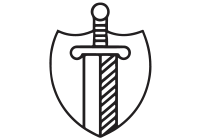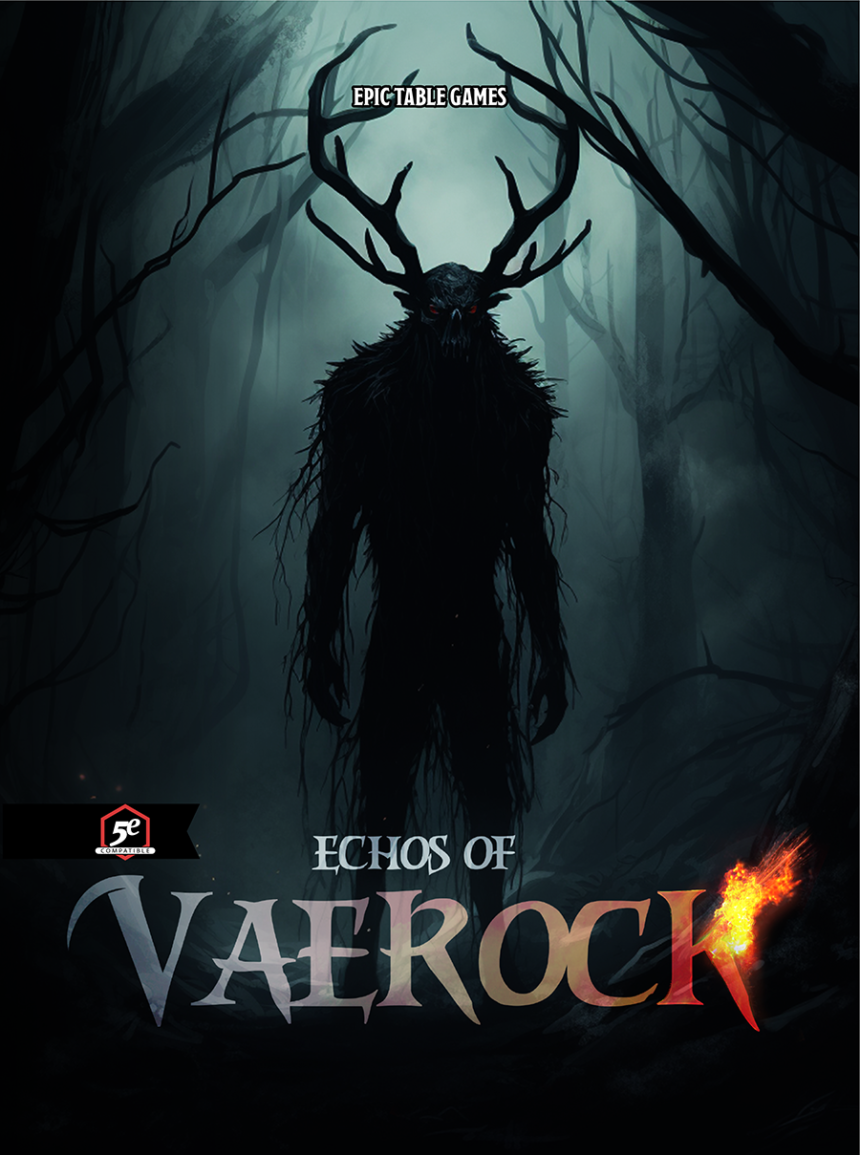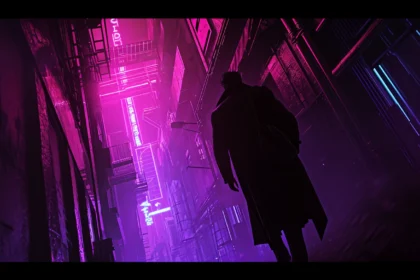Welcome back to your seat at the Epic Table! I hope everyone enjoyed Free RPG Day—and if you missed it, try swinging by your local game store anyway. There was a lot of product given out, and many stores may still have some left. While I didn’t wind up getting anything at my store (because I firmly believe that “free with purchase” is an oxymoron), that doesn’t mean there wasn’t some great stuff available and you shouldn’t participate yourself.
In the spirit of Free RPG Weekend, I’m going to take a look at a pay-what-you-want supplement today. I chose this particular supplement because I feel it’s a great jumping-off point to discuss a topic near and dear to my heart. That topic is, of course, whether RPGs can or should count as works of art, and whether the game design process is an artistic process. Obviously this is an extremely complex question and a blog post a little shorter than a NaNoWriMo daily goal isn’t going to answer it completely. I still want to stake out my claim to the topic, though, and I want to do it using a supplement that’s just come out in the last few days.
What Is Art?
Now, there are many definitions of art. In fact, art’s definition has been a favorite topic of philosophers dating all the way back to Plato. The Stanford Encyclopedia of Philosophy has a pretty good article on the subject, which I cannot wholly recommend because their only historical examples are Plato, Kant, and Hegel; this requires the reader to 1) assume that these are the only definitions that matter and 2) read Hegel. For our purposes, however, Oxford Languages, who you’d likely know as the people behind the Oxford English Dictionary, provides us with a perfectly acceptable working definition of art:
the expression or application of human creative skill and imagination, typically in a visual form such as painting or sculpture, producing works to be appreciated primarily for their beauty or emotional power.
Definition 1 of “art” from Google’s dictionary, provided by Oxford Languages
I don’t think it’s much of a stretch to say that game design is an application of human creative skill. Games are created, after all, and there’s certainly a skill in making them—while we all may not always agree on which meet the definition, we all know a bad game when we see one. Likewise, we can discard the “typically” clause because atypical examples of a category are still examples of that category. (Oh Lord, I’m getting close to language games. Pause. Reset.) As such, the question “Are RPGs art?” really comes down to “Are RPGs ‘works to be appreciated primarily for their beauty or emotional power’?”
To answer such a weighty question, let us turn to today’s supplement:

What’s Good For The Goose
Just… take a moment. Scroll back up. Really dwell on that cover image.
Yes, this is a supplement about geese in roleplaying games. Specifically, it’s a long table providing various magical effects that can occur when traveling in a land taken over by geese. As the supplement itself says, “when a strong goosish power takes roots in a certain region, havonk will certainly unfold soon.” Presumably, this would include the various creatures and foes described in Echidna Design’s main-line book, the Honkonomicon. It almost certainly includes the titular creature from its $1 expansion The Honkrasque. Yes, it turns out that this is only one of a gaggle of geese-themed 5E products from Echidna, all designed to work in terrible, horrible concert.
Honkland is, as mentioned above, a single, extremely long table of magical effects that can occur in such a goose-infested place. It’s designed to work with the magical region rules from Tasha’s Cauldron of Everything, but can be used independently of them if you don’t have the book. In addition to the events table itself, there’s a table of random damage types and a list of suggested triggers for these events. (Pet peeve: the table of random damage types is a d20 table that says “DM’s choice or reroll” for 14+. Either drop force damage and make a d12 table, or drop bludgeoning/piercing/slashing and make a d10 table.) Some of the triggers listed are:
- A supernatural goose creature is destroyed
- A creature yells or screams to another creature
- A creature fails a Wisdom (Animal Handling) check
- Several goose-based options, which I’m not listing here because they refer to Echidna’s other books
And indeed, that’s maybe the biggest challenge here: so many of the rules refer to the Honkonomicon that this really just feels like an advertisement for that book instead. That’s also because page 6 of this six-page document is, in fact, nothing but an advertisement for that book (and others by Echidna). More than 25% of this supplement is made up of things saying, “You really should go buy the Honkonomicon if you haven’t already.”
That said, it’s hard to fault the actual content. Every entry in the table includes a core 5E mechanic instead of a Honkonomicon one to use at the GM’s option, meaning that even GMs without it can take a gander at using this in their games. (Okay, only a few more puns, I promise. Sorta.) With the possible exception of being hit by a goose falling from the sky at meteor speeds, which does quite a bit of damage for a low-level character to handle, the options generally can be worked into most levels of play. And some of them actually create interesting roleplaying scenarios. Just, you know, goose-themed ones.
The art and layout are fantastic, by the way. Everything’s very easy to read, and there’s a painting of a goose in there that I think is worth paying $1 to see. Support the arts, right? (We’ll get there, I promise). A few typos here and there don’t significantly hinder understanding, either. So from a review standpoint, I’d say give it a shot if you want something utterly chaotic to unleash in your 5E game. You could also just, like… reflavor it to a different animal to make it less silly.
But Is It Art?
So why in the world would I choose this to explain whether RPGs are art?
Simple: it’s easy to say that the best, most heartrending RPG designs are art. The question with them is whether they’re art because they’re an RPG or in spite of them being an RPG. But when you take something like this, where a huge amount of the supplement is basically an ad and also happens to be totally unhinged, it’s a lot harder to say it’s art right off the bat.
But why shouldn’t it be? Commercial art is still art. Michaelangelo was paid to paint the ceiling of the Sistine Chapel; that doesn’t make it any less art. Mad Max: Fury Road isn’t any less of a beautiful movie because it was made for profit. And the fact that it was used in a deranged ad-supplement for an even more deranged sourcebook doesn’t make that painting of a goose on page 5 any less of a good painting of a goose. Besides, that cover itself is exquisite and you can’t convince me otherwise.
So back to our original question. “Are RPGs ‘works to be appreciated primarily for their beauty or emotional power’?” My answer is yes… because enjoyment is an emotion. Laughter is an emotion. And that’s ultimately what this supplement is designed to invoke. Echidna Games has released something that they think people will either enjoy at the table or simply enjoy reading. And even if it fails to meet the mark for you, that doesn’t change them being appreciated on that scale. In other words, even if you think it’s not funny, you’re still judging it on whether it brings you enjoyment or not. You’re not deciding if it’s art—you’re deciding whether it’s good art. And that’s a conversation that art is always intended to provoke.
So in sum: yes, Virginia, RPGs—including unfathomably weird supplements designed as stealth advertisements—are very much art. The people who make them are artists, and that includes you at home! If you’re slaving away on The Next Great RPG, or even just something you think your home group will like, you are Making And Practicing Art. You are adding something to the world and your act is meaningful.
Even if you’re making rules for goose-meteors.
The contents of this post are © 2024 H. Tucker Cobey. All rights reserved.






